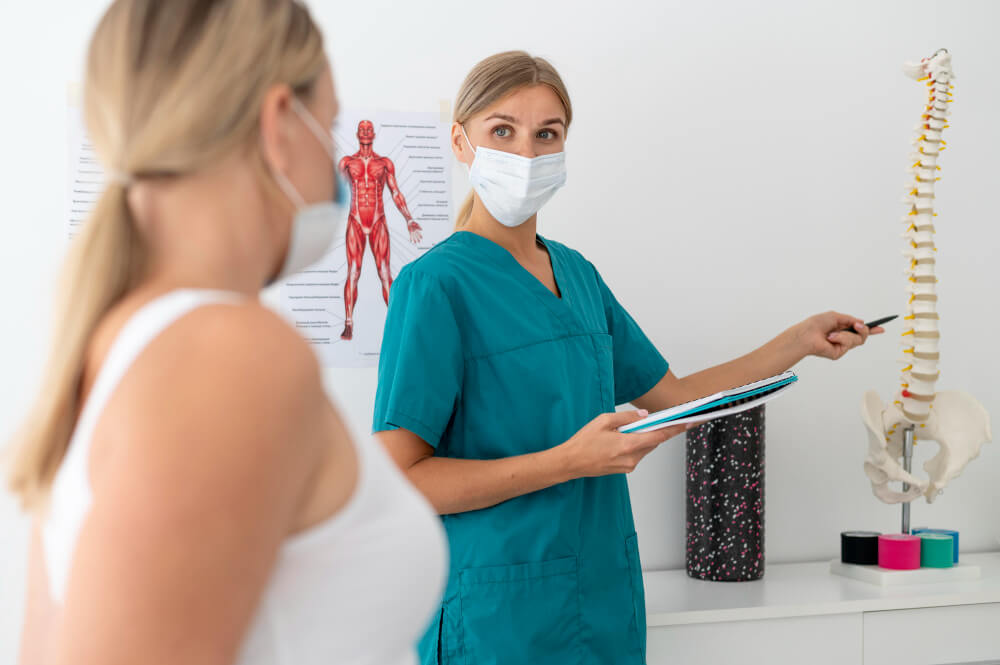Spinal Fusion Surgery for Scoliosis: A Comprehensive Guide
Scoliosis is a medical condition where the spine curves to the side, either to the left or right. While mild cases of scoliosis may not require treatment, severe scoliosis can lead to pain, deformity, and respiratory problems. In some cases, spinal fusion surgery may be necessary to correct the curvature and prevent complications.
Understanding Scoliosis
Scoliosis can be classified as either congenital (present at birth) or acquired (developed later in life). The severity of scoliosis is measured in degrees, with curves greater than 10 degrees considered abnormal.
Types of Scoliosis
- Structural Scoliosis: A permanent curvature of the spine that is not caused by an underlying condition.
- Non-Structural Scoliosis: A temporary curvature that can be corrected with posture changes or exercises.
Causes of Scoliosis
The exact cause of scoliosis is often unknown. However, several factors may contribute to its development, including:
- Genetics A family history of scoliosis can increase the risk.
- Birth Defects Congenital scoliosis can be caused by abnormalities present at birth.
- Neuromuscular Disorders Conditions such as cerebral palsy or muscular dystrophy can lead to scoliosis.
- Other Medical Conditions Certain medical conditions, such as Marfan syndrome or osteogenesis imperfecta, can increase the risk of scoliosis.
Symptoms of Scoliosis
Symptoms of scoliosis may vary depending on the severity of the curvature. Common symptoms include:
- Uneven Shoulders One shoulder may be higher than the other.
- Uneven Waistline One side of the waist may appear higher than the other.
- Leaning to One Side The body may lean to one side to compensate for the curvature.
- Back Pain Back pain, especially if it is severe or progressive.
- Respiratory Problems In severe cases, scoliosis can affect breathing.
Treatment for Scoliosis
The treatment for scoliosis will depend on the severity of the curvature and the patient’s age. Mild cases may be monitored with observation and physical therapy. However, severe cases may require more aggressive treatment, such as spinal fusion surgery.
- Observation and Monitoring Regular check-ups to monitor the progression of the curvature.
- Bracing Braces may be used to help slow the progression of scoliosis in growing children.
- Physical Therapy Exercises to improve posture and strengthen the back muscles.
- Spinal Fusion Surgery For severe cases of scoliosis, spinal fusion surgery may be necessary to correct the curvature and prevent complications.
Spinal Fusion Surgery for Scoliosis
Spinal fusion surgery involves fusing together vertebrae in the spine to correct the curvature and stabilize the spine. This procedure can be performed through an open surgical approach or using minimally invasive techniques.
- Surgical Planning Pre-operative planning, including imaging studies and consultation with a surgeon.
- Surgical Procedure The surgeon removes damaged bone and fuses the vertebrae together using bone grafts or metal rods and screws.
- Recovery Post-operative recovery, including physical therapy and rehabilitation.
Rehabilitation After Spinal Fusion Surgery
Rehabilitation plays a crucial role in recovery after spinal fusion surgery. Physical therapy can help restore strength, flexibility, and range of motion.
- Physical Therapy Exercises to strengthen muscles, improve flexibility, and reduce pain.
- Gradual Return to Activity Slowly increasing activity levels to prevent reinjury.
- Pain Management Managing pain with medications or other therapies.
Choosing a Qualified Orthopedic Surgeon
Selecting an experienced orthopedic surgeon is essential for a successful outcome. Consider the following factors when choosing a surgeon:
- Specialization Look for a surgeon who specializes in spinal surgery.
- Experience Consider the surgeon’s experience and track record of successful outcomes.
- Patient Reviews Read reviews from other patients to get a sense of the surgeon’s quality of care.
- Hospital Affiliation Ensure the surgeon is affiliated with a reputable hospital.
- Insurance Coverage Check if your insurance plan covers spinal fusion surgery.
The Importance of Follow-Up Care
Regular follow-up appointments with your orthopedic surgeon are essential for monitoring your progress and addressing any concerns.
- Post-Operative Check-Ups Regular check-ups to assess healing and monitor for any complications.
- Ongoing Rehabilitation Continuing with physical therapy to maintain strength and function.
- Long-Term Follow-Up Regular check-ups to monitor the longevity of the spinal fusion and address any issues that may arise.
Spinal fusion surgery can be a life-changing procedure for individuals with severe scoliosis. By seeking expert care from a qualified orthopedic surgeon and following a comprehensive rehabilitation plan, individuals can improve their quality of life and reduce the impact of scoliosis.


